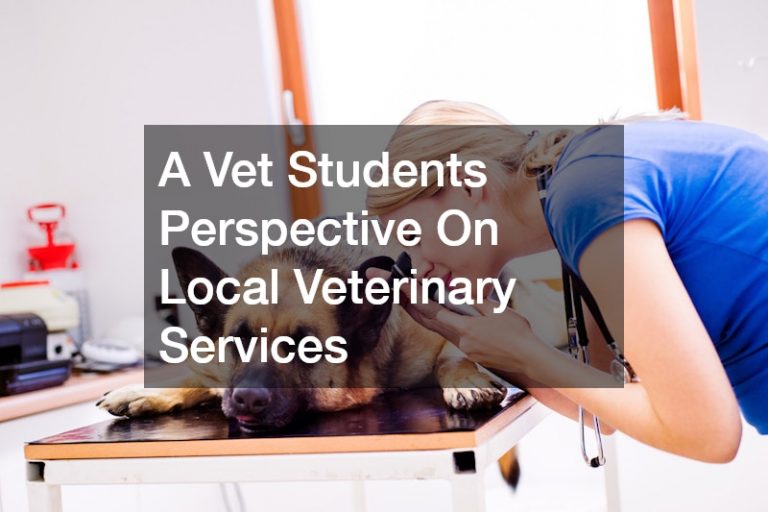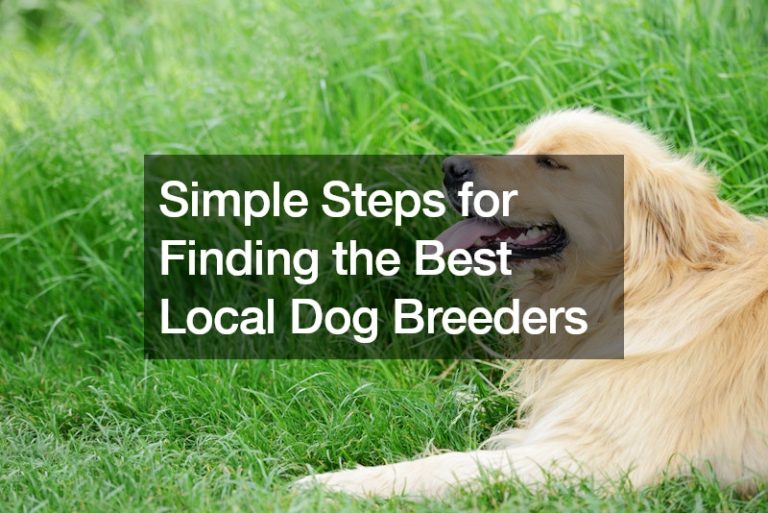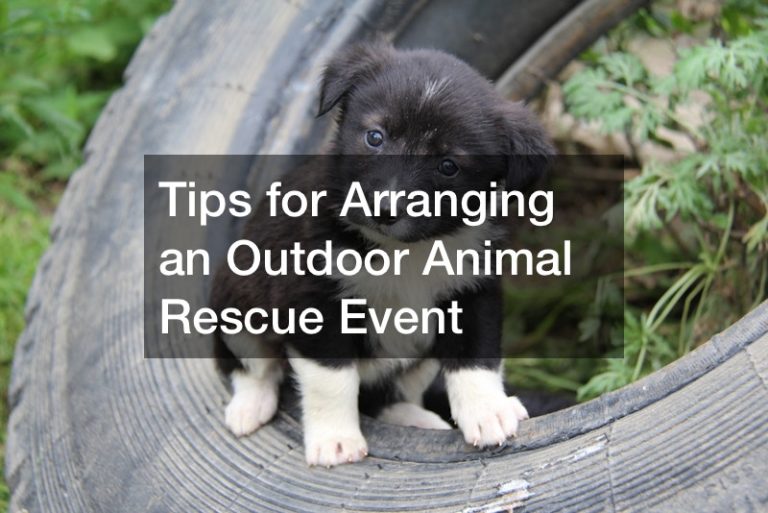

Few things are as exciting as getting a pet for the first time. Whether you are a young family getting that ever-important first dog or car for young children, a single man or woman adopting a best friend, or aging parents chasing away the empty nest blues by sharing your home with a dog or cat, becoming a first time animal-owner is a life changer. Almost 70% of households have a pet. But isn’t all cuddles and walks and learning new tricks: taking care of an animal is a significant commitment, one you should prepare yourself for. Following find some tips to keep in mind before you get your first pet.
Your New Animal’s Environment

Consider Whether Your Home is Ready
Some things about your home will be clear and obvious to you and will influence the kind of animal that will be best for you. A small apartment at the top of several flights of stairs, with limited outdoor space, for example, is still a place where you and your family can be very happy with the animal you choose, but perhaps some will do better in that environment than others. Cats or small dogs will live happier in a small space than will larger dogs that need a lot of exercise and activity to match their surplus size and energy. If you have a larger home, a larger dog can be a great option. And if you have some flexibility and can prepare a custom home that will be perfect for whichever kind of animal you have your heart set on, there are still some things to consider. You must animal-proof your home in much the same way you would prepare for a toddler, especially if you’re adopting a younger animal.
Animal-Proof Your Home
Animal-proofing your home can be as simple as remaining diligent about potential hazards. It can also be as thorough as securing stairwells and access to them. Being sure that heating and air conditioning are creating an interior climate that is comfortable and healthy for your animal is also important. And don’t forget to restrict access to house plants, wastebaskets, and other potential contagions, poisons, and hazards. Some other things you should make sure are secure from your new dog, cat, or other animal include: small items that could be choking hazards for your them; tools with heavy or dangerous elements; solutions for cleaning, and any other potentially poisonous fluids or compounds; your family’s medications; cords, ropes, and other strangulation hazards; foods and food products that could be hazardous to your new friend’s health, such as chocolate and sugary goods.
Make Sure Your Outdoor Areas are Safe
If your family’s new best friend is a dog, especially a larger dog, they will need to spend a significant amount of time outdoors. Dogs need to spread out, to run, to play, and to explore. You will need to make sure that your yard is a safe and healthy place for them to do that. Although it may represent extra work for you or your family, having a well-kept lawn is important: not only does it provide a healthful and easily maintained surface for the new animal in your household, it also inhibits digging by covering otherwise bare soil. Even if you don’t use hydrograss for your lawn, it’s important to have a hardy lawn for your new dog or cat. Be aware of the plants on your property: are there edible flowers? Are there potentially poisonous or dangerous plants? Your new dog will be extremely curious about their new outdoor environment: make sure you know as much as you can know about the plants they’ll have access to. If you have gates or fencing with even the most marginal compromises, be prepared to be surprised by how small your new animal can make him- or herself. Make sure any potential opening or gap in your gates or fencing could be exploited by your new animal, exposing them to hazards beyond your yard such as traffic and other animals. And don’t forget that your animal may not necessarily need an opening in order to find its way out of your yard: many dogs are excellent diggers; many cats are excellent climbers. Preparing your yard or outdoor space for your new animal is only the beginning: diligence and some supervision will be necessary, especially as your first get to know your new animal.
Your New Pet’s Health

Find a Veterinarian
Some animal owners don’t find a veterinarian until they need one, and then substitute emergency trips to the animal hospital for regular health maintenance. Find the veterinarian you will use for your new animal before you bring him or her home. Be sure to contact your selected and regular veterinarian first whenever your animal has emerging health issues or injuries. And be sure to schedule regular checkups or well-visits, as well as create an effective health maintenance course for your animal. Your veterinarian will be your best resource for advice on a number of other health-related decisions as well.
Consider Spaying or Neutering
While you should definitely coordinate with your veterinarian regarding your animal’s health during and before neutering or spaying, as well as the most health-conscious timing for the minor surgery, there is no sound reason not to have your new animal neutered or spayed. It is among the very best steps you can take to maintain your new animal’s health. In male animals, neutering can reduce aggression (while your animal’s protective instincts still remain), and in female animals spaying reduce their risk to a number of cancers and other health concerns.
Consider a Pet Health Plan
There are many different variations on health plans for domestic animals. Many of them function in much the same way that health insurance does for the rest of us. With the steps you take to be prepared for emergent threats to your new animal’s health, less is not more: our animals deserve the best medical attention we can provide. Being faced suddenly with a range of costs, even regular health costs for neutering or spaying, vaccinations and immunizations, and semi-annual checkups can be daunting and even create hardship. With emergency attention including vital procedures and surgeries, the expenses can be even greater and more financially hobbling. Having an animal health plan or health insurance is the most effective way to be prepared for all your new animal’s health care needs. Popular animal health insurance plans will include good coverage for regular checkups, immunizations and vaccinations, illness, injury, some discounts for procedures and surgeries, and even, potentially, liability coverage in the event that your animal causes harm to another animal or person. Coordinate with your veterinarian to find the best plan for your new best friend.
Create a Pet First Aid Kit for Your Home
Another important step you can take to safeguard your animal’s health is to create and maintain an animal first aid kit. Accidents will happen, and animals can have illnesses minor enough to preclude a trip to the veterinarian but severe enough to warrant some home care and relief. Having a kit on hand with some versatile and convenient natural pain relief options can be very useful, save you some worry and expense, and save your animal some pain and discomfort. And since it’s not advisable (or healthy) to have something like Alka-Seltzer or vicodin on hand for your cat or dog, some thought and research are required when creating an animal first aid kit. While there are premade first aid kits available for purchase online, they are broad catch-alls that may or may not take your animal’s breed or health into consideration. The first step you should take when creating a first aid kit is to coordinate with your veterinarian: they will have the best insights into which medications or products you should have on hand to heal and comfort your animal in the event of minor injuries or illnesses. Some things that your veterinarian may recommend for your first aid kit include: Bandages that are compatible with fur, accompanied by gauze pads and rolls of adhesive; antiseptic wipes, cotton balls, and cotton swabs; peroxide and isopropyl; ice packs and heat packs; rectal thermometers and petroleum jelly; scissors and tweezers; sterile solutions for flushing wounds, ears, etc.; and, potentially, a animal-friendly analgesic or antihistamine. In addition, your animal first aid kit can contain a log or book with health information about your dog or cat, including medical information and records of vaccinations; contact information for your veterinarian and local animal hospitals; and a photograph of the animal.
Remember That Pets Get Stressed
While our animals are often a natural stress relief for us, we can lose sight of the fact that they are subject to stress just as we are. Dogs and cats can absolutely experience and be harmed by stress. While we can control the elements of their lives and environments that can cause stress, often a significant source of their stress is us. As we don’t want them to be unhappy, it’s important to identify both the causes and symptoms of stress in our animals. Being isolated, including long periods of time away from us or other contacts, can cause stress for our domestic animals. Dogs are pack animals and we become their pack: being separated from us causes not only loneliness and restlessness, but in many cases anxiety and even fear. Significant changes to an animal’s environment can also cause stress for them. Relocating by moving house, or having your dog or cat cared for temporarily somewhere other than your home can both cause great stress. The loss of a current “pack” or family member or the introduction of a new “pack” or family member can cause stress as well. Some symptoms to look for that may indicate that your dog or cat is stressed and needs attention: shaking or guideless pacing or walking; unprompted barking or whining; excessive panting; changes to or unusual discharge from ears or eyes or both; unseasonable shedding; hung or “between-the-legs” tail in dogs; changes to eating, drinking, urinating, or defecating routines, among others. If you find your dog or cat experiencing any of these symptoms of stress, consider changing or reversing the catalysts for it, or, in the event of greater severity, consult your veterinarian. With all of these health-related preparations, as shown, it is important to consult with your veterinarian.
Your Life with a Pet

Understand Your Family’s Allergies
If you or someone in your family has a history of experiencing allergy-related symptoms such as sneezing and itchy eyes when around dogs, cats, and other common domestic animals may not be a good choice for you. As there is no such thing as a hypoallergenic dog or cat, a severe enough animal allergy will always be a factor during your life with an allergenic animal. The best initial course in preparing your family for a new member is to see a physician and have allergy tests conducted. It may be that your reactions and allergies are unrelated to animals, or at least the kind of animal you’re considering for a pet. Or you may find that your allergies are mild and controlled with medications. Either way, it is always good to learn as much as you can about your family’s allergies.
Training Your Pet
Training your dog or cat, especially if you have children, can be one of the most enjoyable and rewarding parts of ownership. But you need to make some decisions about it beforehand. While all training can be fun, some is mandatory almost immediately. The benefits — and necessity — of training your dog or cat are obvious: discipline and house-breaking or house-training are absolutely necessary, not elective as “give your paw,” or “roll over.” Especially if you start with a young animal like a puppy or kitten, there will be a great deal more than house-training and discipline that you will have to pursue: controlling chewing and gnawing on you, your family, and your household; controlling walks and attempts to explore unsupervised outside of your yard; how they interact with other animals: these are all important behavioral transitions that will be vital to your animal’s happiness. Have a plan and be prepared to stick to it.
Are You Able to Commit?
It is absolutely worth asking and worth considering: are you or you and your family ready to commit to the work involved with caring for an animal? There is no doubt that you are emotionally ready for the joy and the bonding experience of a pet, but the day-to-day rigors of caring for your animal may represent a level of commitment that you haven’t fully considered. Dogs and cats, in particular, require daily exercise, conscientious feeding, regular walking or litter box maintenance, as well as all the health and emotional care detailed above. If you can’t commit to caring for a larger dog or cat in both the mundane and extended ways, there are of course many fulfilling options, such as caged or tanked animals like chinchillas or cockatiels. Remember, though, that while these creatures are lower-maintenance than dogs or cats, they need care as well.


